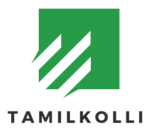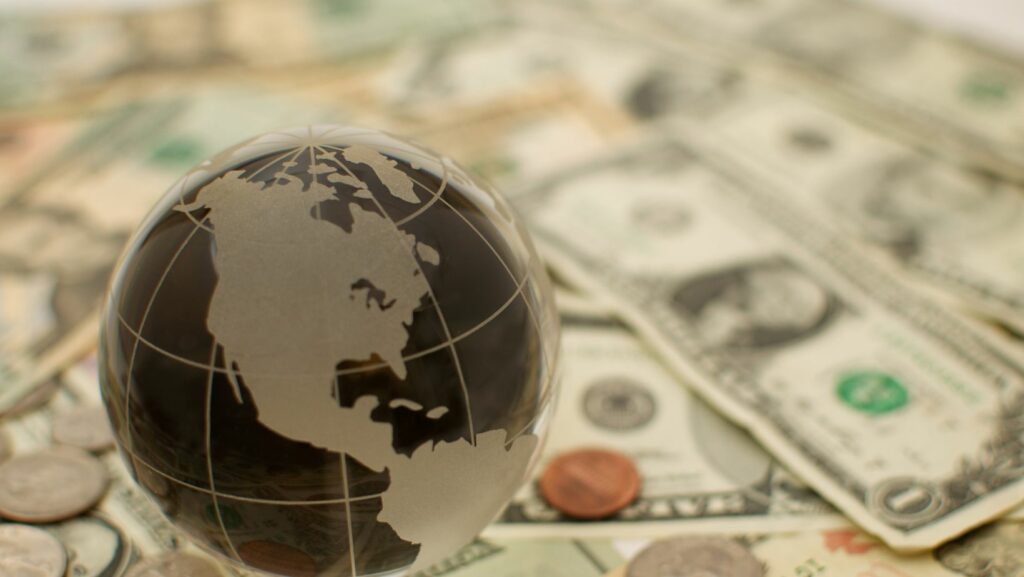When it comes to the economic landscape of the world, one question that often arises is: what type of economy do most countries in the world have? Understanding the prevalent economic systems across the globe is crucial in grasping how nations organize their resources, trade, and overall financial structure.
From capitalist economies driven by market forces to socialist systems emphasizing social welfare, the spectrum of economic models is vast and diverse. By examining the predominant types of economies that shape the global financial stage, we can gain valuable insights into the dynamics that underpin international trade, development, and policy-making.
What Type of Economy do Most Countries in the World Have
Types of Economies
When it comes to understanding economic systems, it’s crucial to recognize the prevalent types that most countries adopt. The two primary types are market economies and command economies. Market economies rely on supply and demand to determine production, investment, and distribution of goods and services.
Factors Influencing Economic Systems

Various factors play a significant role in shaping economic systems across the globe. These include historical events, political ideologies, cultural norms, and technological advancements. The historical context of a nation can strongly influence its economic system, shaping its policies and regulations.
Predominant Economic Systems in the World
In examining the predominant economic systems around the globe, it’s crucial to understand the diverse approaches countries take in structuring their economies to address resource allocation, trade, and financial operations. Let’s delve into the three primary economic models that dominate the world stage and explore their key characteristics.
Mixed Economy
What type of economy do most countries in the world have, such as the one prevalent in many countries today, including the United States, elements of both market-driven capitalism and centrally planned socialism coexist. In this system, the government plays a significant role in regulating certain industries and providing public goods and services, while allowing market forces to determine prices and production in other sectors.
Market Economy

What type of economy do most countries in the world have, also known as capitalism, is characterized by private ownership of resources and the means of production, with minimal government intervention in economic activities. Individuals and businesses make decisions based on market demand and supply, leading to competition, innovation, and efficiency. Countries like the United Kingdom and Japan have predominantly market-oriented economies, where free markets drive economic growth, wealth creation, and consumer choice.
Planned Economy
In contrast to market economies, planned economies, such as those historically seen in countries like the former Soviet Union and China, are centrally controlled by the government. In this system, the state dictates production levels, resource allocation, and pricing mechanisms, aiming to achieve social equality and economic stability.
Key Characteristics of Each Economic System
Mixed Economy Traits

What type of economy do most countries in the world have? I blend elements of both a market and a command economy. This economic system allows for private ownership of businesses and also government intervention in economic activities. The goal is to balance the advantages of the market, such as efficiency and innovation, with the need for government oversight to address issues like income inequality and market failures.
Market Economy Features
What type of economy do most countries in the world have, I is based on private ownership and decentralized decision-making. Here, individuals and businesses determine what goods and services are produced, how they are produced, and for whom they are produced through the forces of supply and demand. The government’s role is minimal, primarily focused on enforcing contracts and property rights. Market economies prioritize efficiency, competition, and innovation, leading to overall economic growth and development.
Planned Economy Attributes
In a planned economy, I is centrally controlled by the government. The state decides what goods and services are produced, how resources are allocated, and sets prices and production levels. The primary goal of a planned economy is to achieve social equality and stability by ensuring that resources are distributed according to the government’s priorities.


